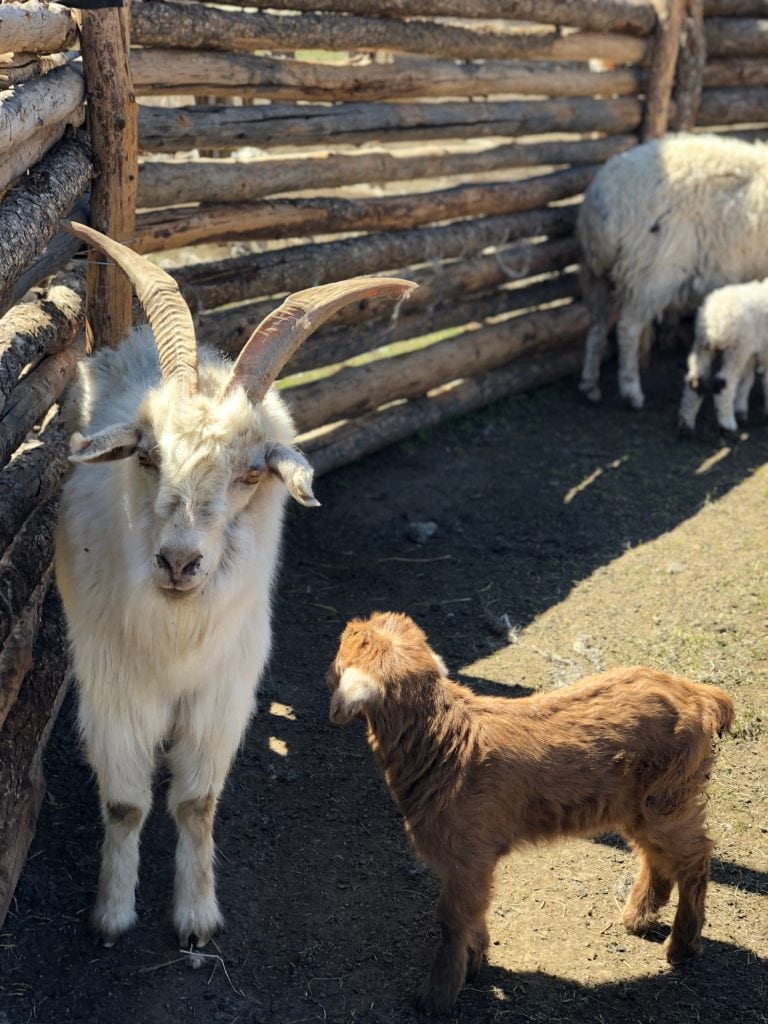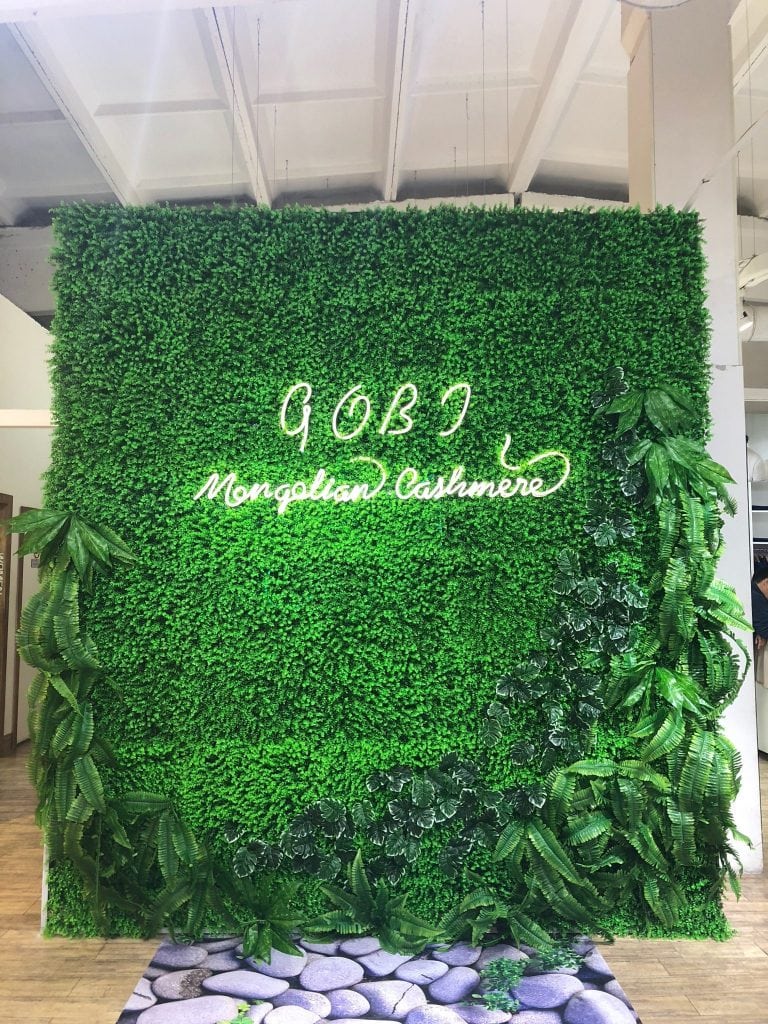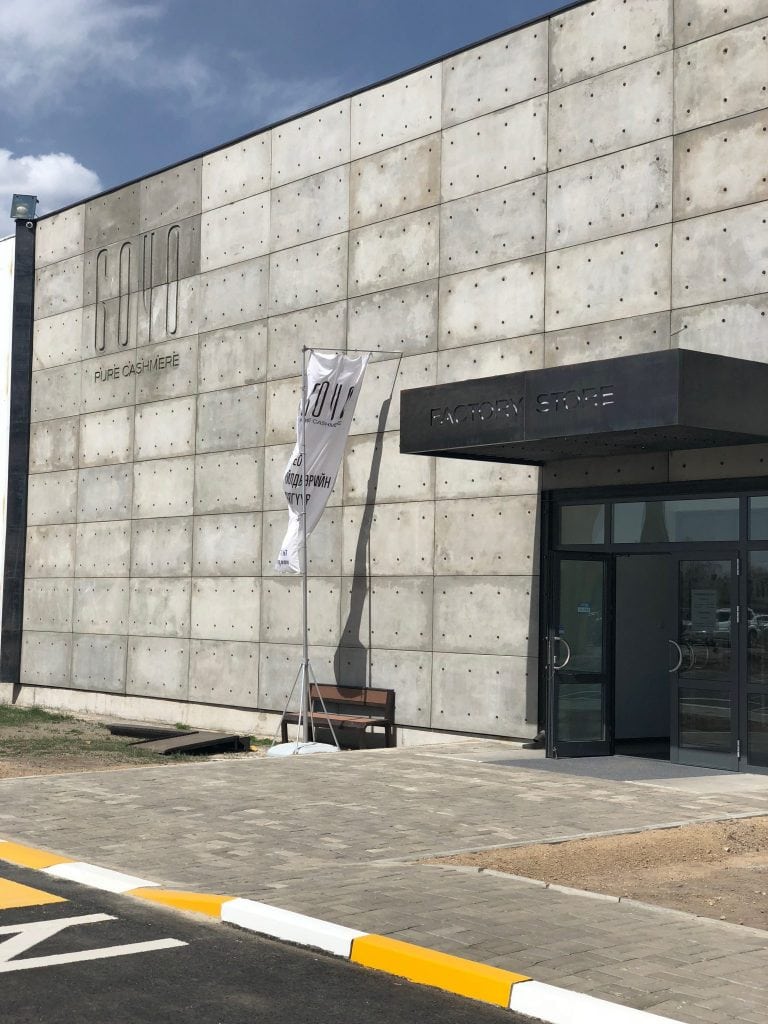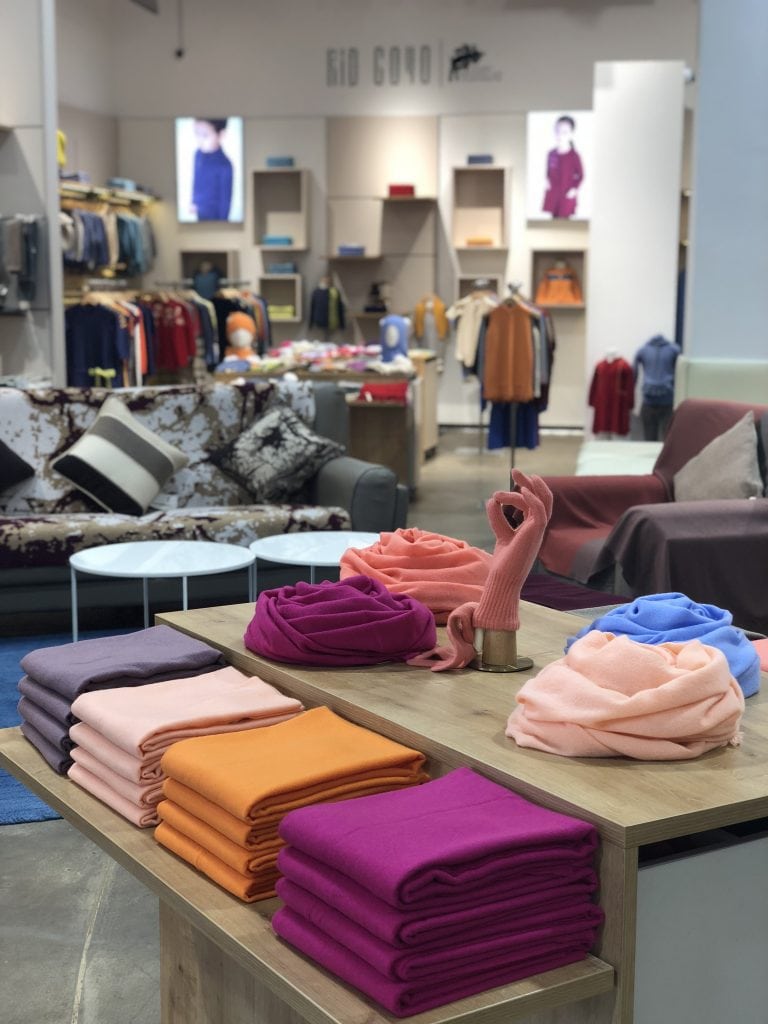Contents
Mongolia
Mongolia was definitely closer to the end of my travel wishlist than the start of it, but in the modern world of overly commercialized & “instagrammable” destinations, places like Mongolia are widely overlooked. After all, Mongolia was the largest land empire in the history of the world – with it’s acres stretching from Eastern Europe all the way to the islands of Japan under the leadership of one man: Genghis Khan. Mongolia is not for everyone … but if you let it, it will change you the same way it changed me. I have a new found love for jaw dropping scenic drives, for complex cultures intertwined with simple lifestyles … I fell in love with the unbeaten paths that led to the most spectacular views of nature, for delicious home cooked meals and unparalleled with hospitality of complete strangers who willingly opened the doors to their homes. I fell in love with Mongolia and I hope you do, too!
THE WEATHER
In Mongolia, you can see FOUR seasons in ONE day! Yes, you read that correctly. Mongolia is home to the coldest capital city in the world, Ulaanbaatar. Contrary to popular belief, it is not always cold in Mongolia. In fact, summers get quite hot, there is less than 4 inches of rain each year, and the winters are some of the coldest in the world. Since most of the country is 5,000 feet above sea level, the overall harsh weather isn’t suitable for crops to grow which is why Mongolians raise sheep and livestock. It is a running joke in the country that you could see all four seasons in one day and I was lucky enough to experience sunshine, a snowstorm, a sandstorm, and hail all in less than 6 hours time!
AUTHENTIC NOMADIC CULTURE
Approximately half of Mongolia’s population is nomadic – a staggering statistic. Nomadic culture is deeply rooted in Mongolia’s history. Half of the country lives in yurt’s (or advanced tents) that nomadic families move several times a year based on a set of migration criteria (ie. weather). Yurts are typically made from a wooden frame with mesh walls on the inside as well as carpeting for insolation. The indoor setup is as simple as it gets: a bed or two, a night stand, a small stove in the middle, and a sink. Most have a skylight on top that illuminates the sun rays during the day. Dug up holes in the ground turned toilets are typically built a walking distance from the yurt and for bathing, families either heat water in pans or visit nearby towns for public showers. For heat, especially in the winter time, nomads rely on stoves, electric heaters and even floor heaters. Mongolian nomads are preserving a lifestyle that traces back hundreds of years. They have large herds and they live off the milk and meat of their animals. Some families have satellite disks, satellite phones and solar panels but for the most part their lives take place on the worlds most sparsely populated country after Greenland (meaning there is A LOT of land, and few people).
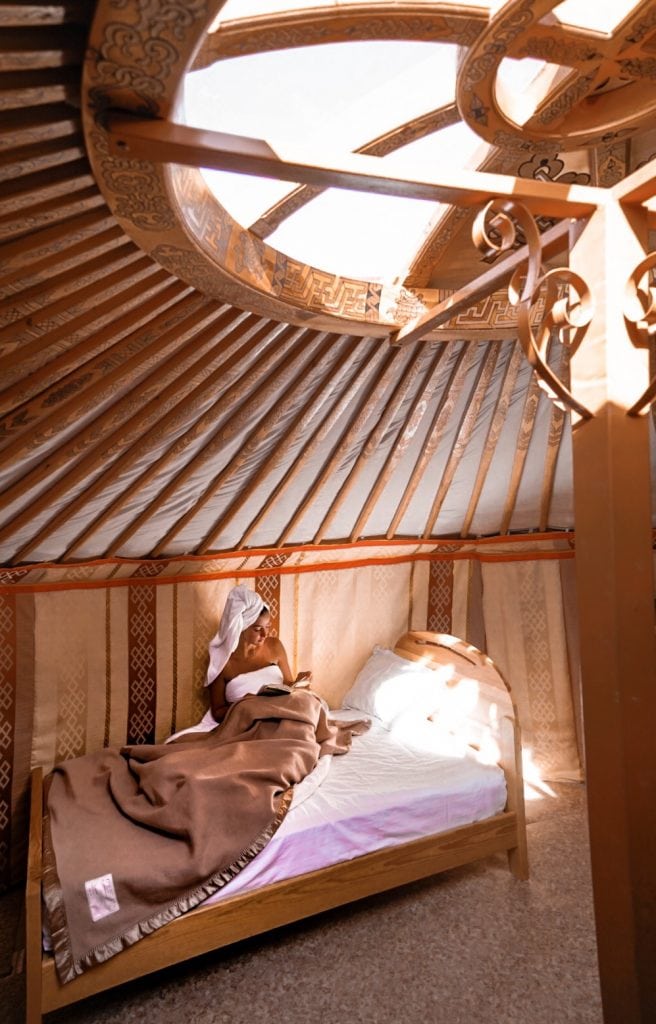
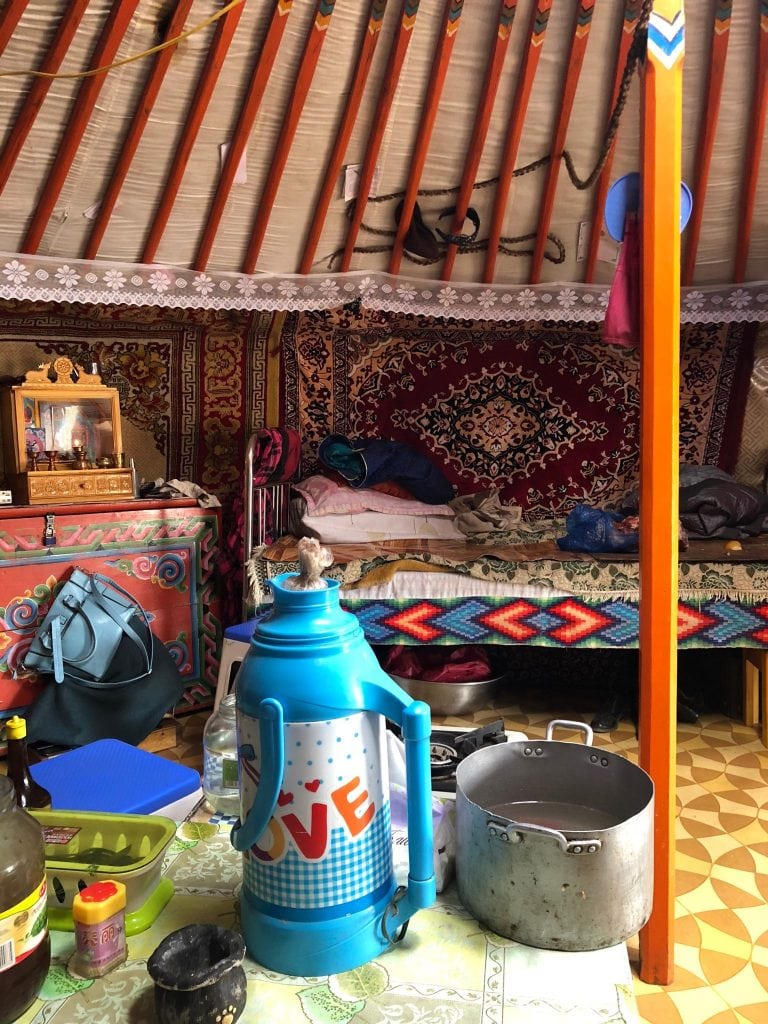
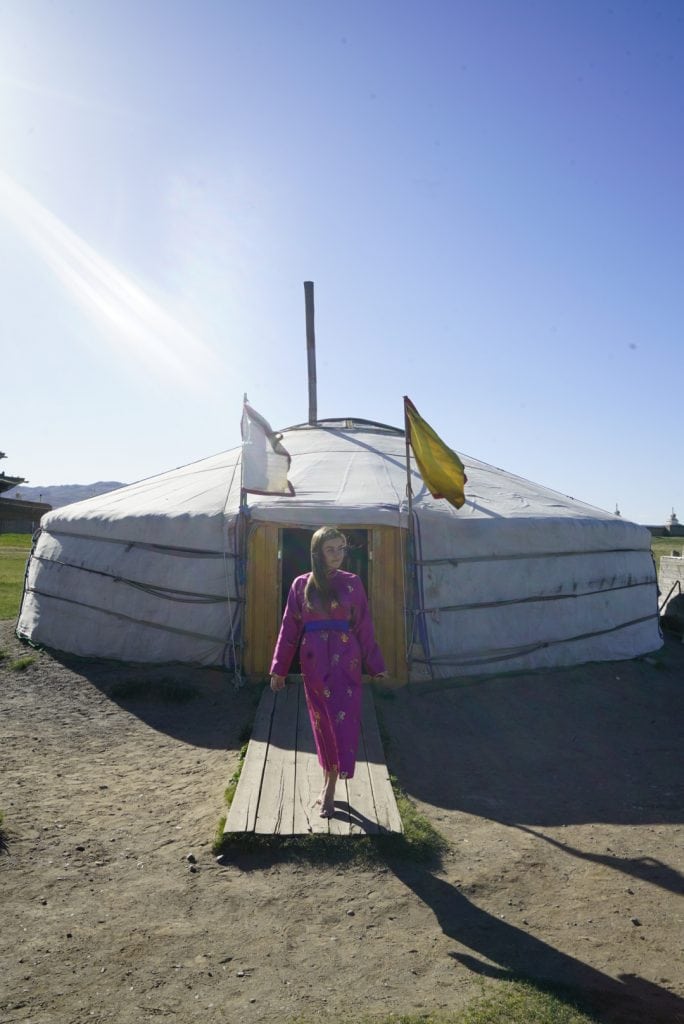

You see, nomads choose to live a lifestyle that is vital to their culture and identity. They aren’t poor. In fact, they have it all. They have food on the table, heat from coal and wood … they have all their basic needs like a small electric burner, a sink, and a fireplace within the ten diameter ring of their tents. But the single most important thing they have is an incredible and loving bond within their families. Grandparents, parents, siblings, uncles and aunts often live together and it’s quite incredible. Your trip to Mongolia will be incomplete if you don’t visit or even stay in a yurt. If you drive between cities you will find many yurt communities along the way including many along the side of the road that serve as rest areas where you can eat. There is also an abundance of yurts that you can rent which range in prices based on the amenities you need. I stayed at Gaya’s Guest House (with prices starting at $14 per night) and Gorkhi Eco Family Resort (with prices starting at $50 per night).
THE FOOD
The Mongolian nomadic way of life has made a critical contribution to the countries traditional cuisine. It’s not surprising that authentic Mongolian dishes are high in dairy, meat and fat. The harsh climate hinders vegetation therefore vegetables are served in moderation or not at all. Since nomads have cattle, sheep, horses, etc, most of the products come from them, too. Food prices in Mongolia are attractive, with most dishes ranging anywhere from $2-$10 and the portions are massive!
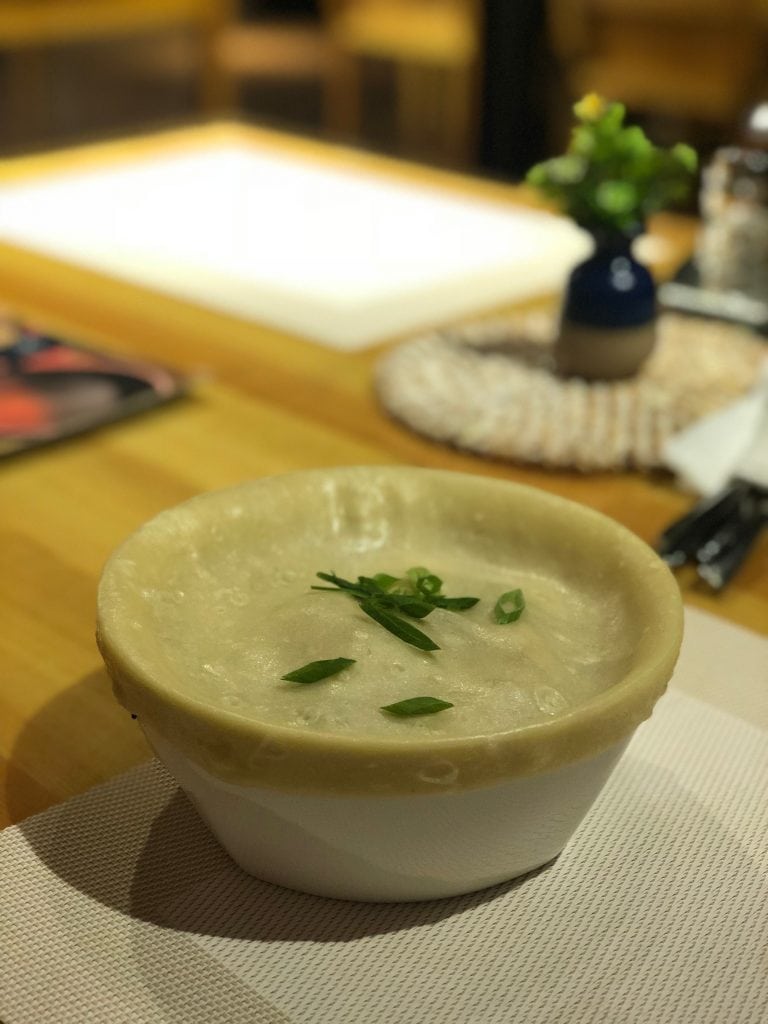
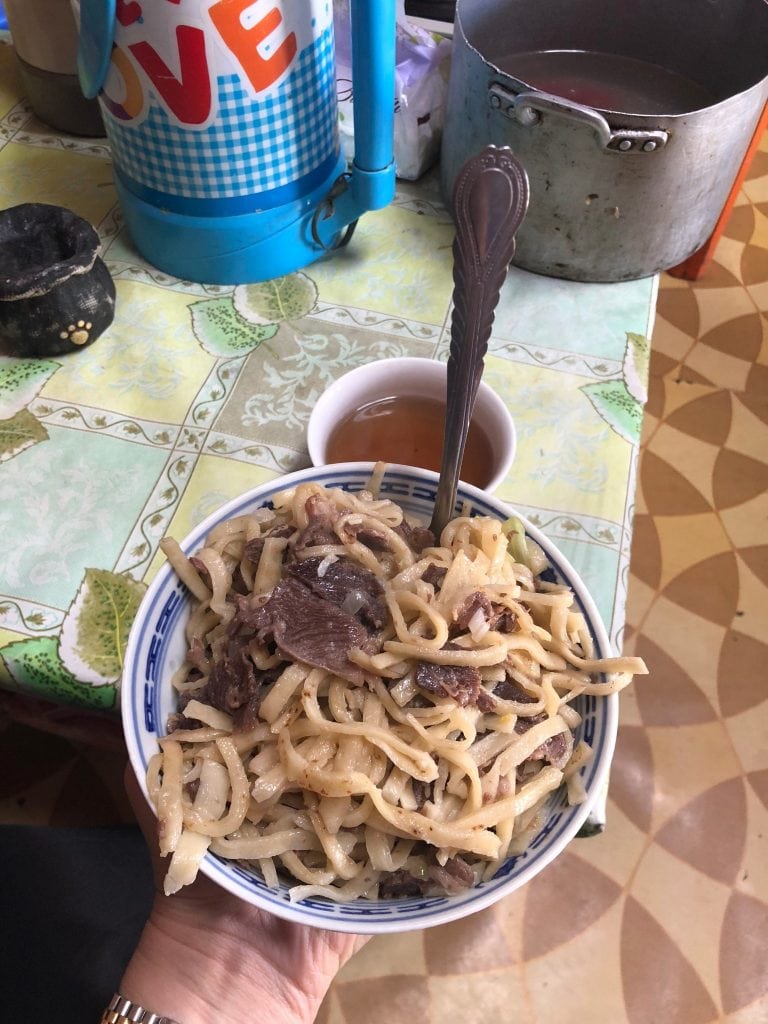
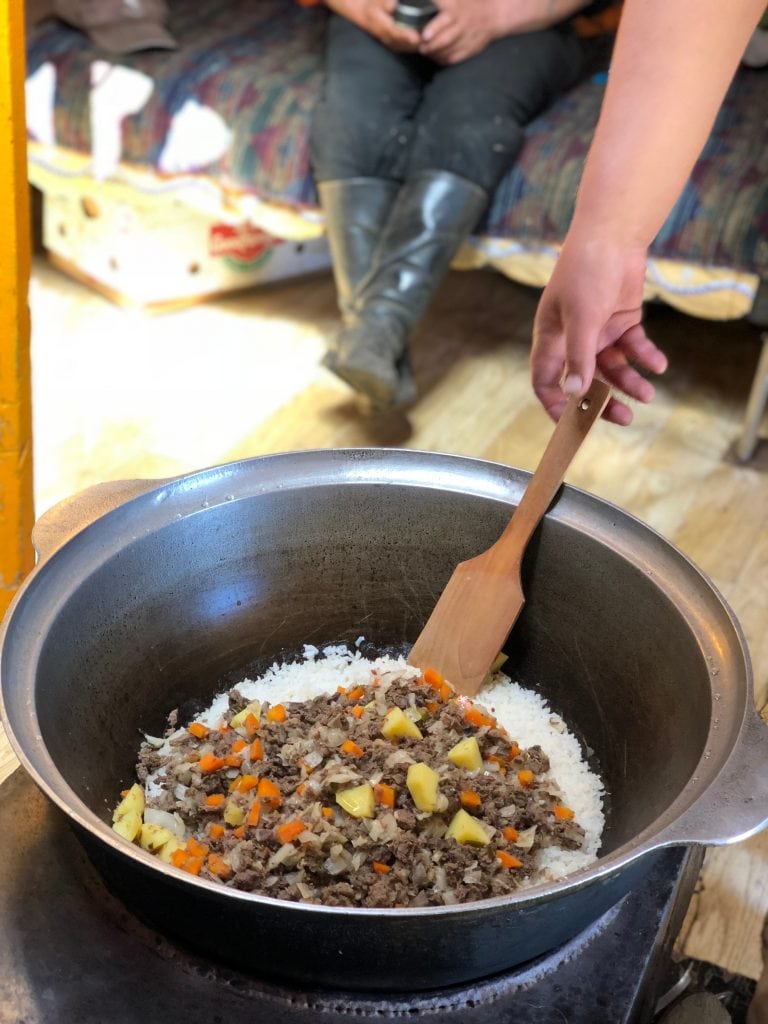
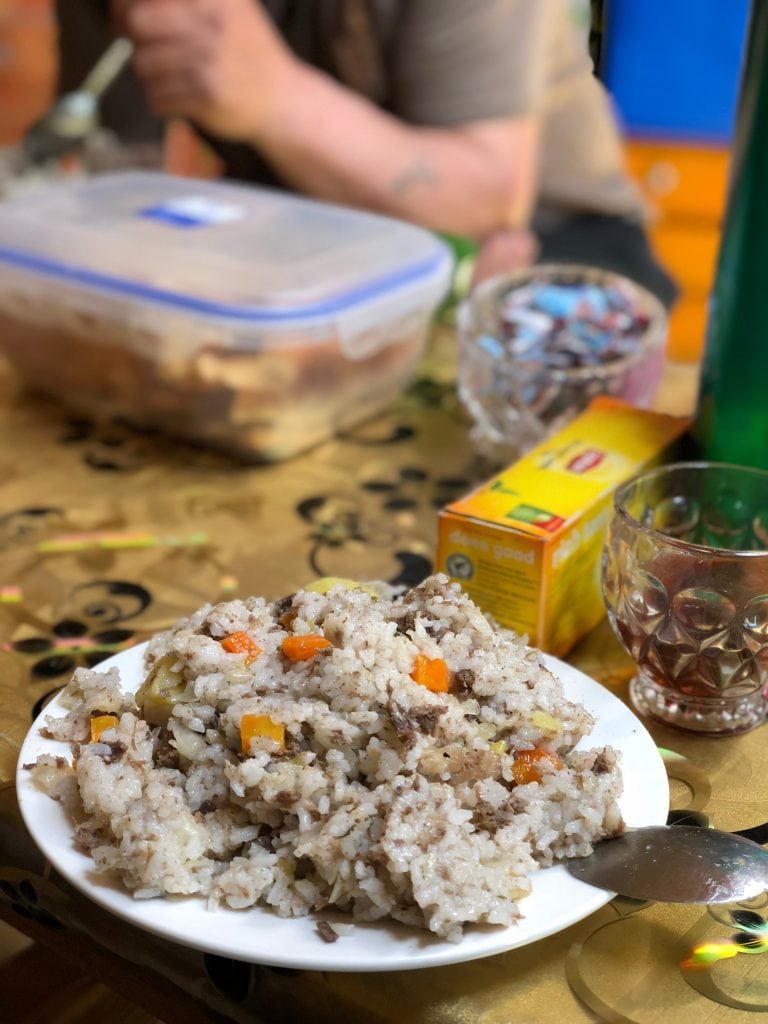
You can’t leave Mongolia without trying Khuushuur (a friend dumpling) – a classical comfort food. The best Khuushuur I had on the trip was at Naadam, a casual outdoor eatery at the Shangri La Ulaanbaatar. Their menu features traditional Mongolian dishes mixed with Western touches and the best burger in town (the beef in Mongolia is phenomenal!)
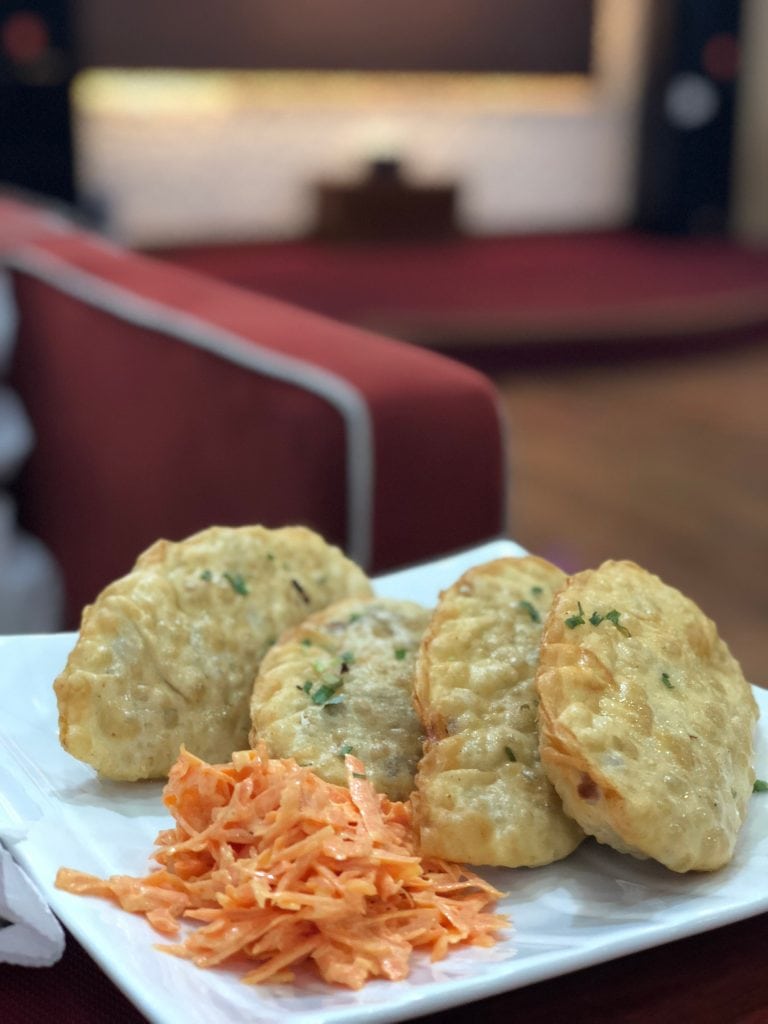
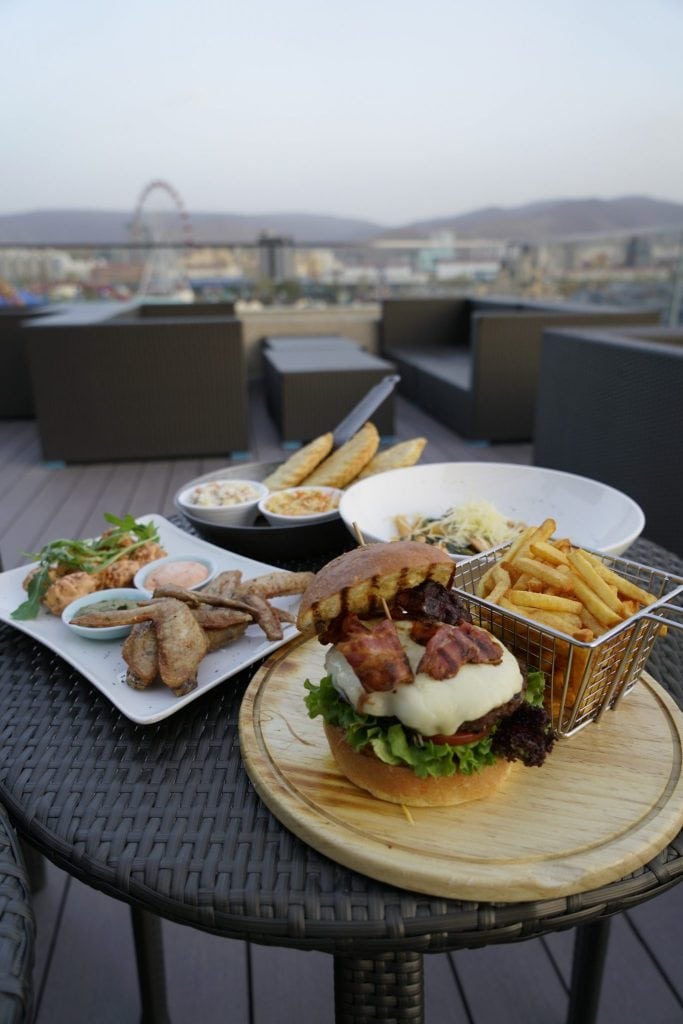
THE NATURE
Driving for hours a day was never my style of travel until my trip to Mongolia. The ride from Ulaanbaatar (the current Capital of Mongolia) to Karakorum (the Capital of Mongolia between 1235-1260) was roughly 5 hours long. With few cars on the road, you have the luxury of having all the spectacular views all to yourself. Mongolia has an abundance of nature – in fact the country has so much nature and so little people that its population density is extremely low: only 2 people per square kilometer. There are 7 natural zones in Mongolia*: High Mountain Zone, Taiga Forest Zone, Mountain Forest Steppe Zone, Steppe Zone, Desert-Steppe Zone, Gobi Desert Zone, Wetlands. A national park worth visiting is Gorkhi-Terelj (pictured last), which is both a local and tourist favorite and only 1.5 hours away from Ulaanbaatar.
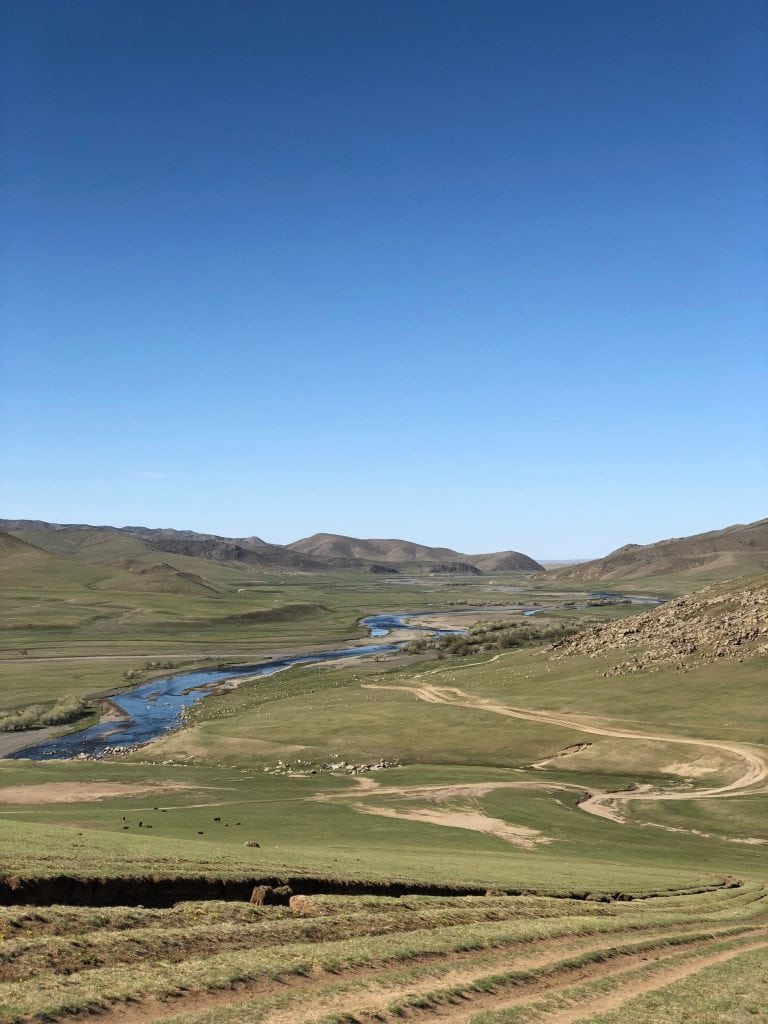
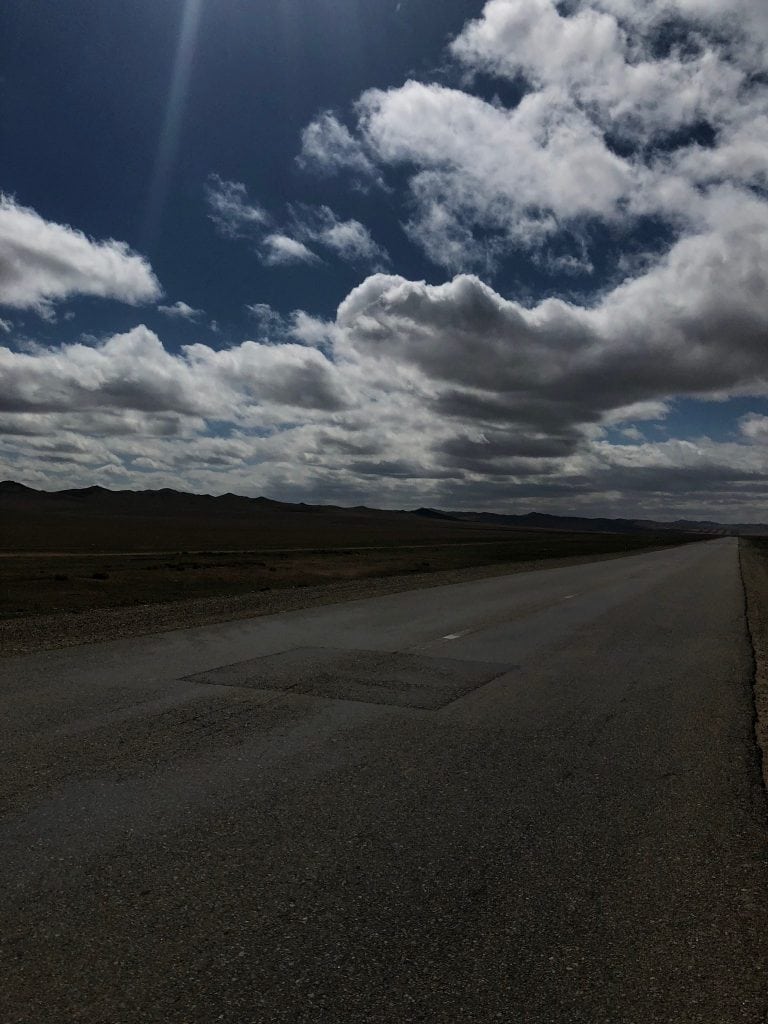
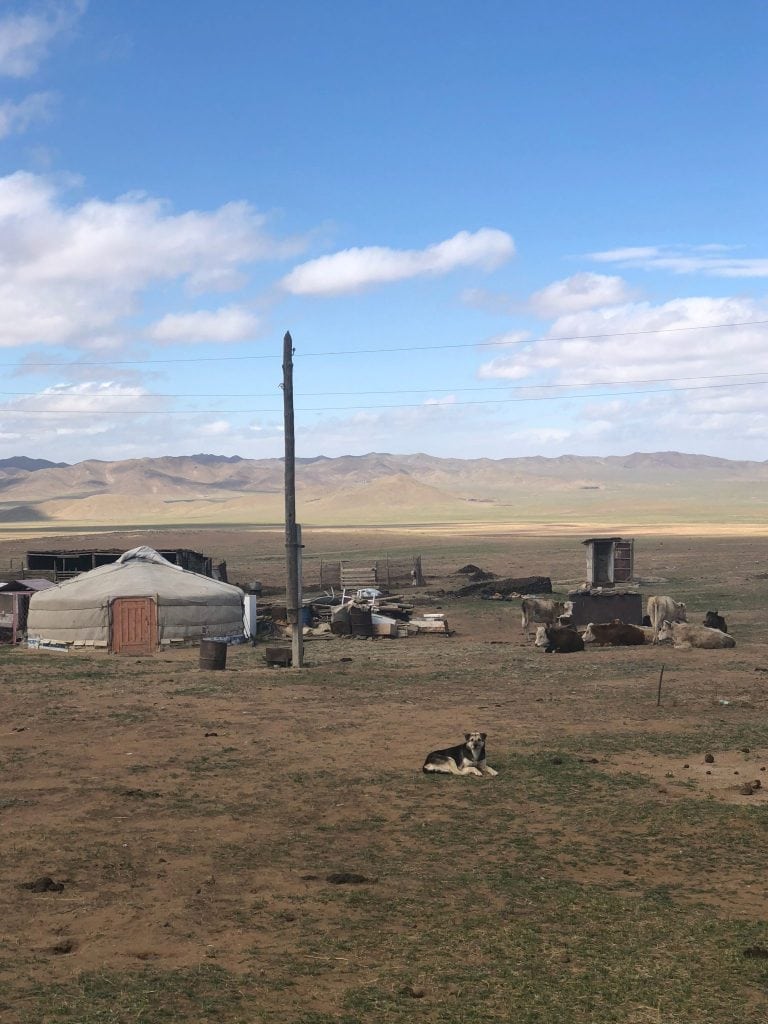

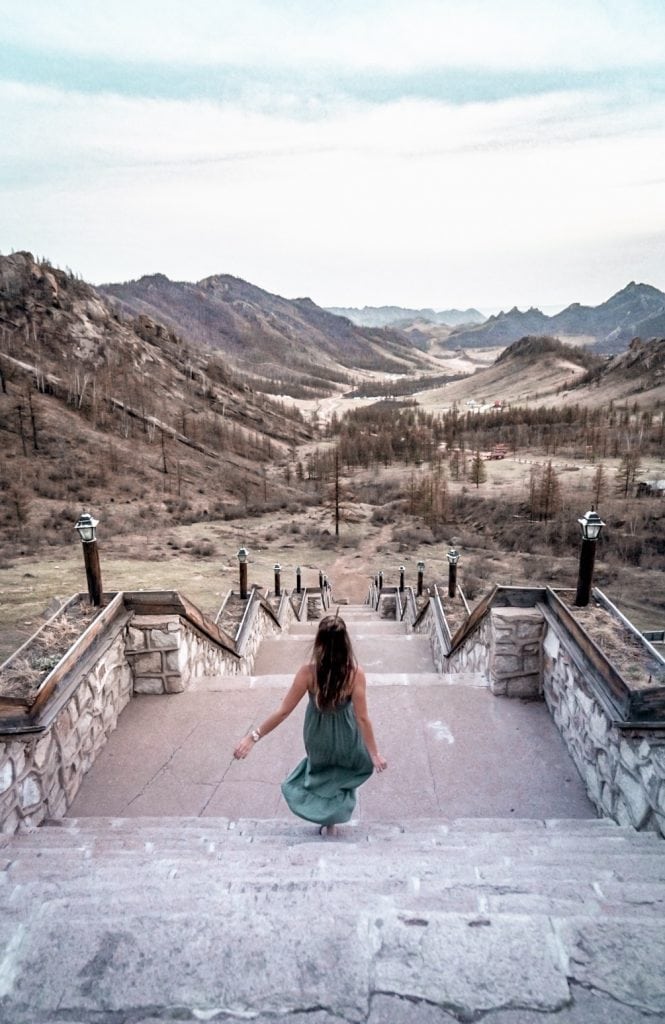
CASHMERE
Mongolia’s [cashmere] goats produce a third of the global supply of cashmere – with over 7,000 tons produced in a given year! This comes as no surprise since the nomadic families we met owned anywhere between 200-300 goats, a standard flock population. While you can buy cashmere in factory stores such as Gobi and Goya for discounted prices, the exponential increase in demand for cashmere around the world is a touchy subject in Mongolia. The ecosystem of cashmere production is complex both from an economic and an eco-friendly standpoint. Not only do goats reproduce quicker than other animals, but their hard hooves are also detrimental to the grasslands of Mongolia (an important source of food for all animals). The latter has large corporations scrambling to find more sustainable models for cashmere production.
